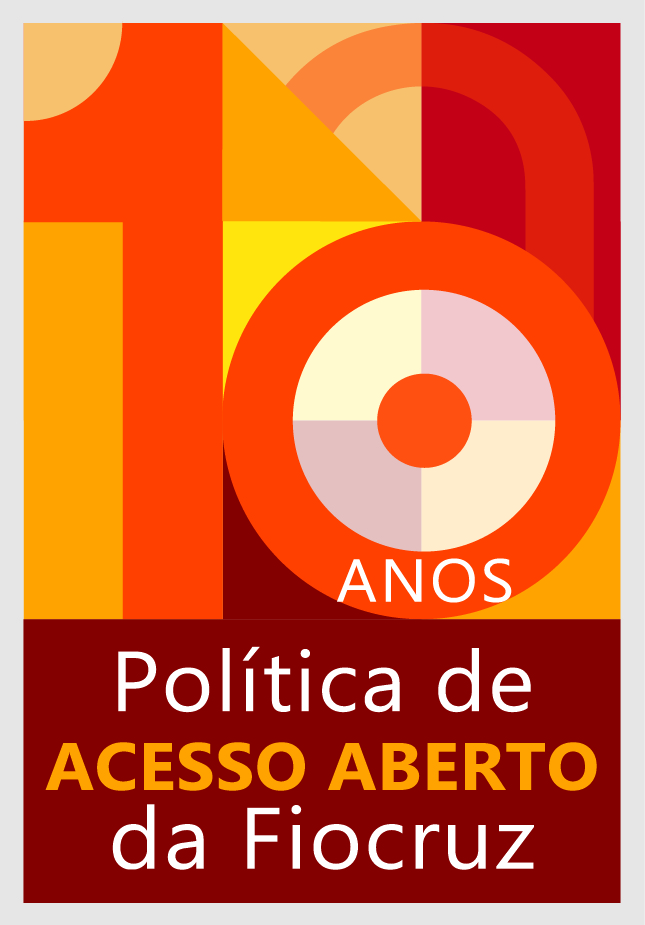Dossier The street life people: health, public policies, and communication (v. 17, n. 4) Oct./Dec 2023
The geography of streets, their curves, alleys, side streets, intersections and avenues have always made the streets a place of enchantment, freedom, and perversion, but also of oppression, vulnerability, crime, and forbidden violence. The street can be the sacred space – with religious rites, washings, processions – but it also serves the profane – the street as the place of festivities, witchcraft, shows and carnival. Street spaces transform lives, modes of survival and sociability. In this way, studying the street integrates reflections from numerous scientific fields within the humanities.
More than two years after the covid-19 pandemic stopped the world in its tracks the dossier seeks to reflect on how the street, which was always thought of as a supposed place of freedom, came to be seen at the moment of confinement, when it became a forbidden space; and after the pandemic, when the worsening of economic conditions caused an explosion in the numbers of homeless people, especially in large urban centers. A street in multiple metamorphoses and its margins.
Reflecting on the binomial practices of streets and public policies and their communication, draws attention to the street as seen from the public health policy perspective as a place for building bonds based on communicational linkage. On the other hand, strategies for improving living conditions involve a complex conjunction of intersectoral health measures, guided by effective public policies, where communication cannot be disregarded. The worsening of living conditions after the pandemic compels us to analyze this world, to understand the multidimensionality of the vulnerable street life population as well as effective communication actions in the search for a production of meanings of the human common (SODRÉ, 2014). Communication, in addition to providing a therapeutic relationship, becomes a fundamental means of health promotion practices.
There are many questions that have led us to propose a thematic dossier on "the street life people", metaphorically referring to those who survive and turn the streets into spaces of survival, who inhabit their sidewalks, use them as a means of work, of existence, nourish themselves from their spaces, borders, and margins. Above all the question of how the communicational dialogues with these various dimensions in these territories of experiences, producing meanings while at the same time, articulating the human common, in the sense attributed by Muniz Sodré (2014).
What would remain of the street that once inspired artists and poets? Would the street of the 21st century be different? Would the genteel street that literature presented us with, that bewitched us, the street of the common place, of the encounter have succumbed? "The street feels this misery of creation in its nerves, and for this reason it is the most egalitarian, the most socialist, the most levelling of human works. The street created all the blagues, all the commonplaces" (RIO, 1995, p. 11). We suggest looking at what happened to this street, the place of work, of flirting, of manifesting fun, of crimes, of religious practices. To look at the street occupied by the vulnerable, by those on the margins. To the people for whom the street is existence itself.
There are milestones that led us to propose the dossier. As well as a pandemic world with social isolation and the emptying of the cities at first, the transformations of the street in the moments that followed, amplifying the long mutation process of enchanted spaces, the alleys, the intersections, the passages.
Walter Benjamin's observations about the street as "the dwelling place of the collective" reveal the meaning of the streets for a multitude of subjects, this collective that for Benjamin encrusts in the urban landscape its restlessness, its experimentation, its invention in the window frames of the streets that approach his glances and gestures: "the streets are the dwelling place of the collective. The collective is an eternally agitated being that - in the space between the building fronts - experiences, learns, understands and invents as much as individuals do within the privacy of their own four walls.” (BENJAMIN, 1999 p. 423). One key reflection focuses on the street as a place where there are subjects in situations of social vulnerability for which public policies are intended. We highlight harm reduction policies since the street requires the construction of actions and reactions aimed at subjects in situations of vulnerability.
The street embraces the human, health, work, exclusion movements, urbanism, public action of public policies, the view of vulnerability, but, above all, the common human and their bonds. The proposal of the dossier specifies the following central sub-themes, privileging the relation between communication, psychology and health.
- The street as a territory of vulnerabilities: street people and public policy; harm reduction; street clinic appointments.
- Public policies in health, street practices and their associations with public actions.
- The street as a working and living space: street hawkers, sex workers, the LGBTQIA+ population.
- The street as a stage for shows.
- The street as an artistic creation space: arts in urban murals and as a literary character.
- The production of meaning and the construction of the common human in the territories of vulnerabilities.
- The connections between street practices, public policies and the fields of information and health communication.
- Borders and barriers that are built in the street. The border between the place of freedom and oppression. Metamorphoses and margins.
- The street as a source of danger: health threats and discourses on exposure and risks on the street.
- The house and the street in epidemics: control and social exclusion.
- Isolation and confinement as health prevention policies: favoring and discrimination.
Guest editors: Maria Lívia Roriz (University of Porto/Federal University of Rio de Janeiro) and Alexandra Oliveira (University of Porto).
Submission deadline: by 31 May 2023.
Estimated publication: v. 17, n. 4, October/December 2023.
When submitting your paper, please use the category Dossier The street life people: health, public policies, and communication.
REFERENCES
BENJAMIN, Walter. The arcades project. Cambridge: Belknap Press of Harvard University Press, 1999.
RIO, João do. A alma encantadora das ruas. Rio de Janeiro: Secretaria Municipal de Cultura do Rio de Janeiro, 1995.
SODRÉ, Muniz. A ciência do comum: notas para o método comunicacional. Petrópolis: Vozes, 2014.











